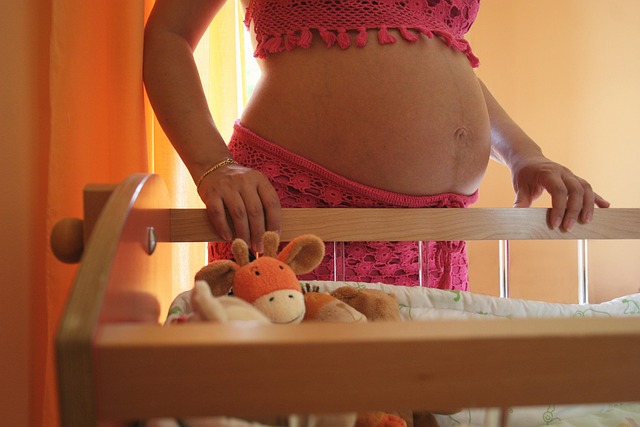Understanding Pink Eye
Pink eye, also known as conjunctivitis, is a common ailment among children, leading to irritation and inflammation of the conjunctiva—the clear membrane that covers the white part of the eye and the inner eyelids. This condition causes the white part of the eye to appear red or pink, signaling the presence of inflammation due to infection, allergens, or irritants.
Causes of Pink Eye in Infants and Toddlers
In babies and toddlers, pink eye can arise from various factors, including viral or bacterial infections, allergic reactions, or exposure to irritants like smoke or chemicals. Notably, viral conjunctivitis is the most prevalent form and often accompanies cold symptoms. Bacterial pink eye, while less common, can also occur and is typically characterized by thicker discharge. Allergic conjunctivitis may manifest during allergy seasons, often showing symptoms in both eyes.
Is Pink Eye Contagious?
Yes, pink eye can be highly contagious, particularly when caused by viruses or bacteria. It spreads through direct contact with infectious discharge or contaminated surfaces. Ensuring good hygiene practices, such as frequent hand washing and avoiding sharing towels, can help prevent the spread of the infection among family members and other children.
Symptoms of Pink Eye in Babies and Toddlers
Common symptoms of pink eye include:
- Red or pink eyes
- Watery or thick discharge
- Swelling of the eyelids
- Sensitivity to light
- Itching or discomfort
If you notice these signs in your child, it’s essential to consult a pediatrician for accurate diagnosis and guidance.
Treatment Options
Treatment for pink eye varies depending on the underlying cause. Viral pink eye usually resolves on its own and may require only symptomatic relief, such as cool compresses. Bacterial conjunctivitis, on the other hand, may require antibiotic eye drops. Allergic conjunctivitis can often be managed with antihistamines or other allergy medications.
For more information on how at-home insemination can assist in your journey to parenthood, visit Make a Mom, an innovative service offering a reusable option for insemination. If you’re curious about how the process works, you can explore this guide.
Duration and Prevention
Pink eye typically lasts from a few days to two weeks, depending on the cause. To minimize the risk of spreading the infection, maintain good hygiene—wash hands frequently, avoid touching the face, and keep personal items separate.
When to Seek Medical Advice
In some cases, pink eye can lead to more serious complications, such as impaired vision. If your child experiences severe symptoms, including pain, significant swelling, or persistent redness, consult a healthcare professional. Understanding how to manage your child’s health is crucial, especially during uncertain times. For further insights into labor and delivery, check out our post on the ring of fire during labor.
Summary
Pink eye is a common, contagious condition among young children that can stem from various causes. While symptoms can be uncomfortable, most cases are mild and resolve with appropriate care. Maintaining good hygiene practices is essential to prevent transmission. For more comprehensive resources on pregnancy and home insemination, visit Modern Family Blog, a reliable site for parenting insights. If you’re considering fertility treatments, information from the NHS can provide important guidance.
